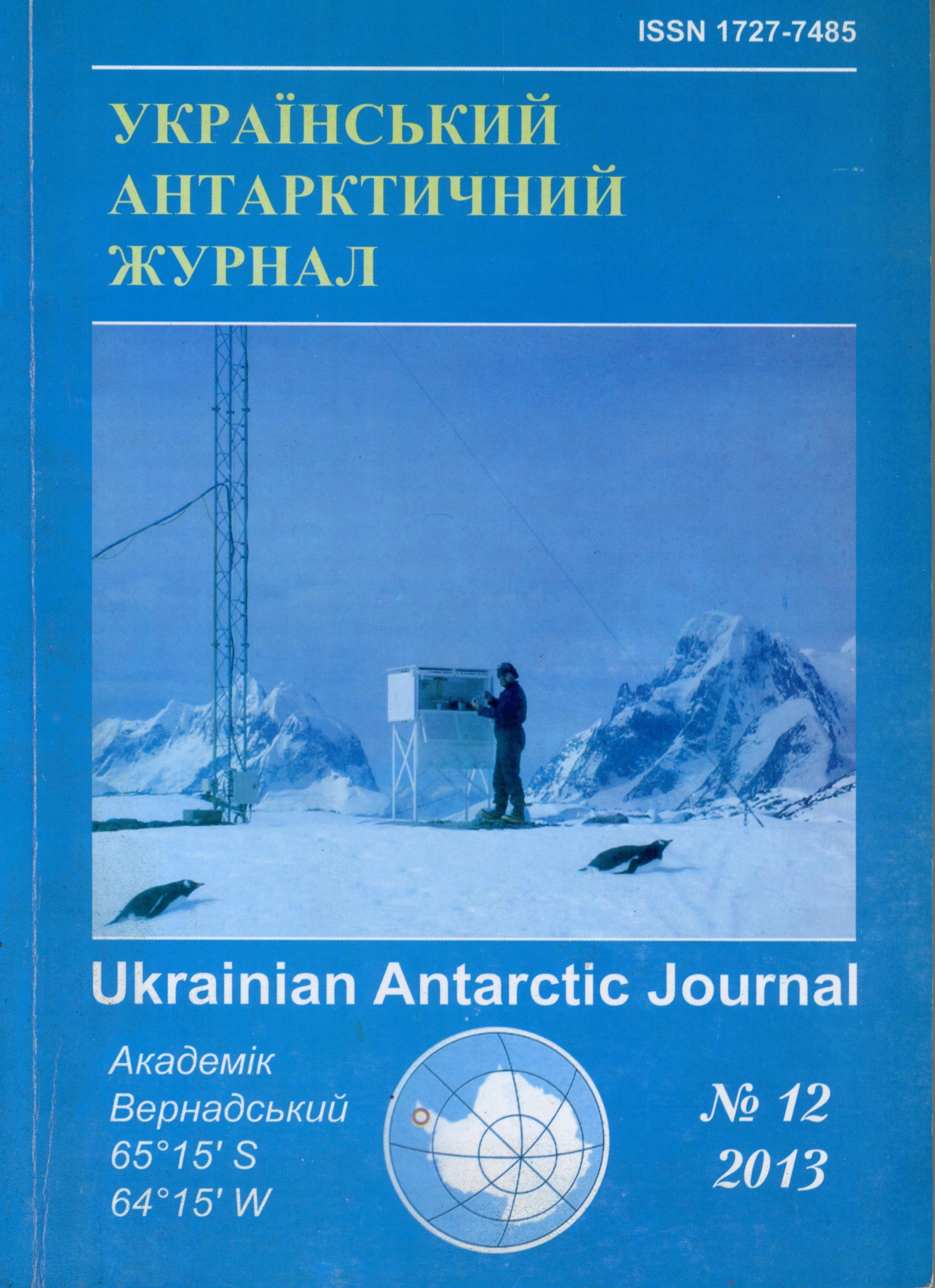Анотація
На сьогоднішній день поняття національних інтересів в Антарктиці не визначене в жодному директивному законодавчому акті. Виходячи з цього, дане дослідження ґрунтується на припущенні, що національні інтереси Сторін Договору про Антарктику (в т.ч. й України) полягають у забезпеченні універсальних цінностей, які асоціюються міжнародною спільнотою з Антарктикою і систематизовані ініціативною групою СКАР з соціальних наук у шість категорій: природоохоронні, суспільні, економічні, наукові, естетичні та політичні цінності (з відповідними підкатегоріями). Хоча зазначені цінності мають якісну природу, їх ранжування та інтерпретація отриманих результатів можливі шляхом залучення математичного апарату. У роботі визначаються кількісні характеристики цінностей Антарктики методом експертних оцінок, який успішно впроваджено у суспільно-політичні дослідження проф. Томасом Сааті у другій пол. ХХ ст. Дослідження здійснювалось у три етапи: 1) підготовка матриці з переліком досліджуваних цінностей (національних інтересів); 2) заповнення елементів матриці експертними оцінками шляхом послідовного попарного порівняння важливості кожної цінності відповідно до рангу від 0 до 9; 3) обчислення задачі власних значень складеної матриці, які після процедури нормалізації дають кількісні характеристики важливості кожної цінності. У процесі оцінювання національних інтересів використовувались такі нормативно-правові документи: Державна цільова науково-технічна програма проведення досліджень в Антарктиці на 2011–2020 рр.; укази Президента; акти Кабінету Міністрів України; а також робочі та інформаційні документи України, надані для розгляду на щорічних Консультативних Нарадах з Договору про Антарктику, починаючи з 2000 року. Одержано такі результати експертної оцінки національних інтересів за порядком їх важливості: наукові – 47,2%; політичні – 18,1%; економічні – 15,2%; природоохоронні – 10,5%; суспільні – 6,4%; естетичні – 2,6%. Запропонований метод можна застосувати для аналізу національних інтересів інших держав – Сторін Договору про Антарктику. Отримані результати слугують аналітичним підгрунттям для прийняття органами виконавчої влади політичних рішень щодо діяльності України в Антарктиці на найближчу і віддалену перспективу, а також для обгрунтування політичної позиції нашої держави у відповідних міжнародних органах Договору про Антарктику.
Посилання
- Delegation of Ukraine. (2009). Vozmozhnosti shirokomasshtabnogo upravleniya v rajone stancii Akademik Vernadskij [Possibilities for large-scale management in the region of the Akademik Vernadsky Station]. Informational document IP-062, XІІ Meeting of the Committee for environmental protection (06–10 April 2009, Baltimor, USA).
- Kuzko, O.V., Savchenko, V.V., & Fedchuk, A.P. (2013). Dosvid doslidzhennia kilkisnykh kharakterystyk natsionalnykh interesiv Ukrainy v Antarktytsi [The experience of studying quantitative characteristics of Ukraine’s national interests in Antarctica]. Tezy VI Mizhnarodnoi antarktychnoi konferentsii (15–17 May 2013, Kyiv). Kyiv, Foliant. pp. 44-45.
- Delegation of Ukraine. (2012). Progress Ukrainy` v sozdanii shirokomasshtabnoj sistemy` upravleniya v rajone stancii Akademik Vernadskij [Ukraine’s progress in creating a large-scale management system in the region of the Akademik Vernadsky station]. Informational document IP-068, XV Meeting of the Committee for environmental protection (11–15 June , 2012, Hobart, Tasmania, Australia): a report.
- Fedchuk, A. (2011-2012). Evoliutsiia Systemy Dohovoru pro Antarktyku: struktura i dynamika aktiv, ukhvalenykh za 1961–2011 rr. [The evolution of the Antarctic Treaty System: structure and dynamics of the Acts of 1961-2011]. Ukrainian Antarctic Journal, 10/11, 406–427.
- Fedchuk, A. (2010). Stanovlennia ukrainotsentrychnoho pidkhodu u kompleksno-heohrafichnykh doslidzhenniakh Antarktyky [The establishment of the Ukraine-centric approach in comprehensive geographical research of Antarctica]. Heohrafiia ta turyzm: Nauk. Zb. Kyiv, Alterpres, Iss. 5, 159–165.
- Delegation of Ukraine (2005). Draft proposal for discussion to Antarctic Protected Areas System -Antarctic Specially Managed Area No XX “Petermann Island, Wilhelm Archipelago, Antarctic Peninsula”. Informational Paper IP-098, VIII Meeting of the Committee on Environmental Protection (06–10 June 2005,Stockholm, Sweden).
- Kuzko, O., Leonov, M., & Fedchuk, A. (2012). The Ranking of Multiple Values in Antarctica. Proceedings of the International Polar Year Conference “From Knowledge to Action” (22–27 April 2012, Montreal, Canada).
- Kuzko, O., Leonov, M., Fedchuk, A., & Savchenko, V. (2012). Quantitative Characteristics of Values in Antarctica and Threats for Antarctica . Proceedings of the XXXII-SCAR Open Science Conference “Antarctic Science and Policy Advice in a Changing World” (July 13–25, 2012, Portland, USA). Portland, State University. –Abstract No 46.
- Kuzko, О., Savchenko, V., & Fedchuk, А. (2013). Application of Hierarchy Research Method for Assessment of National Interests in Antarctica. Book of Abstracts of the SCAR Workshop "Past, present and future of human connections to the Antarctic" (1–5 July 2013, Cambridge, UK). Cambridge, British Antarctic Survey. –p. 16.
- Saaty, T., & Vargas, L. (1994). Decision Making in Economic, Social and Technological Environments with the Analytic Hierarchy Process.
- Saaty, T. (1968). Mathematical models of arms control and disarmament: application of mathematical structures in politics. Wiley.
- The first site of the Marine Protected Area network in the Akademik Vernadsky Station region: Argentine Islands, Skua Creek / (Delegation of Ukraine); Scientific Committee of CCAMLR, Working Group on Ecosystem Monitoring and Management. SC-CCAMLR/WG-EMM-12/25 (Santa Cruz de Tenerife, Spain, 2012): report. –2012. –Available at http:www.ccamlr.org/en/wg-emm-12/25.

